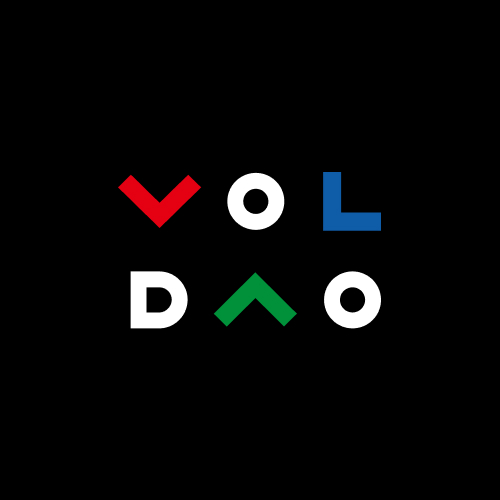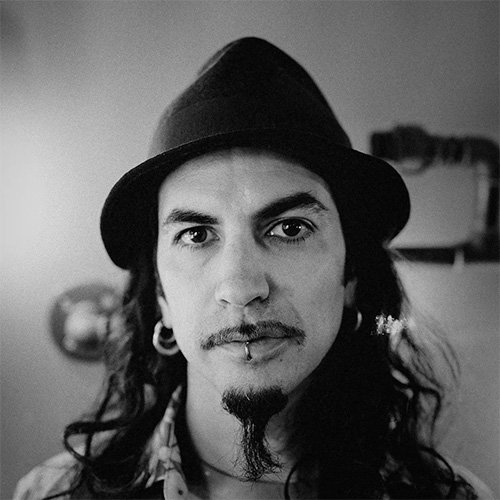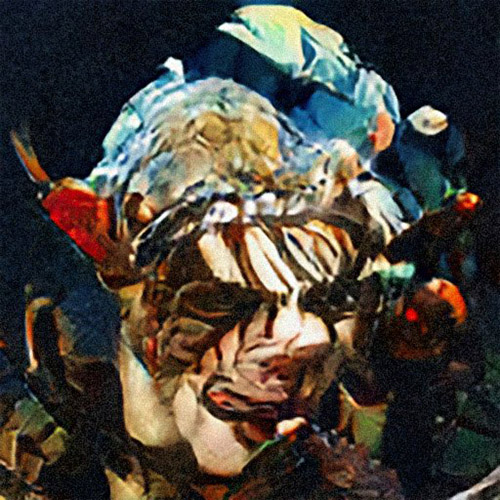🙀
This content is not available in your language (English)
Introduction
Exhibition
機器會夢見 NFT 嗎? ─ 台灣首檔加密藝術收藏展 - Do Machines Dream of NFT? ─ A Crypto Art Collection on Tezos
Curator
VolumeDAO
Duration
2022-03-26 ~ 2022-03-27
Venue
濕地 venue B1
Address
104 臺北市中山區林森北路 107 巷 10 號
Related Links
Explore Works
more worksAbout Curation
more description
Curator
VolumeDAO

Artist
迷莫‧阿克騰 Memo Akten

Artist
Ganbrood

Artist
馬里奧‧克林格曼 Mario Klingemann















